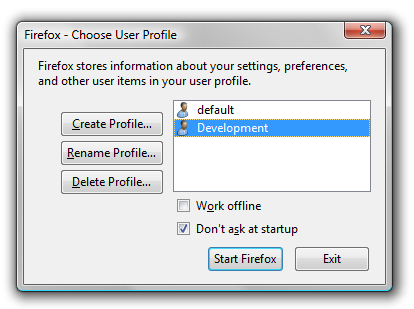Oh, no. My TortoiseSVN overlays are missing
It's a matter of time. Good were the days when almost no application knew how to put overlays on your file icons in Explorer. These days it seems this is the coolest thing ever and virtually all file system type of utilities want to add their own.
Sooner or later you will install some utility and not notice anything different. But after the next reboot, poof, your TortoiseSVN overlays are gone. And, depending on how much time elapsed between the utility installation and that reboot, you may not have the slightest clue of what happened. Reinstalling TSVN won't fix it
TFS Power tools, Dropbox, Mozy, stop breaking my TSVN overlays
I should not blame these applications for a Windows shell limitation. To be fair, TSVN is the greater offender of them all.
It seems that the shell only supports 15 different icon overlays and TSVN creates 9 of those. After 15 the shell starts ignoring the extra ones. The trick is that Windows chooses the first 15 alphabetically from their entries in the system registry.
I love simple fixes
The fix is rather obvious; just make sure the overlays you want to be active are registered alphabetically before the ones you can live without.
Open the registry editor and go to HKLM\SOFTWARE\Microsoft\Windows\CurrentVersion\Explorer\ShellIconOverlayIdentifiers and look at all the child keys in there. It will be obvious that, if you want to preserve the TSVN overlays like me, you need to keep the ones starting with Tortoise* before the other ones.
If you look at the image below you'll see that I changed my entries by prefixing the undesirable ones with z_, following someone else's suggestion.
After that change you just need to kill and restart explorer.exe using Task Manager (or logoff or reboot the machine depending on your tolerance to pain.)
I believe this is a common problem so I hope this tip helps somebody.


